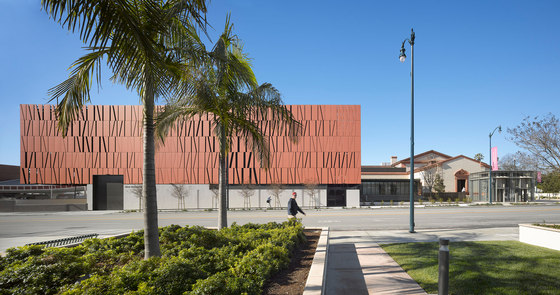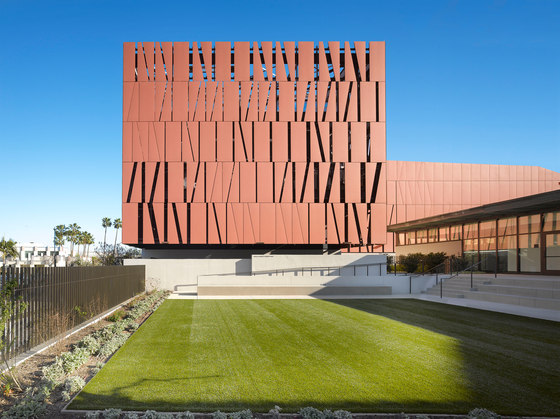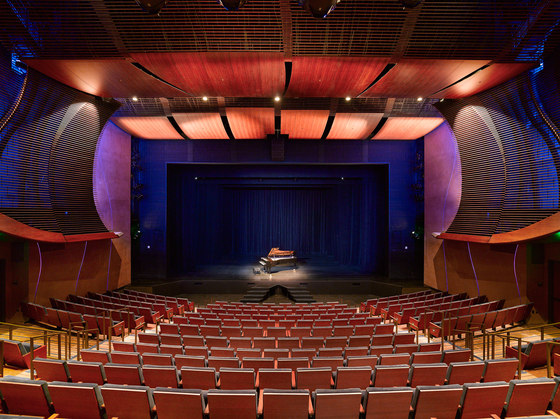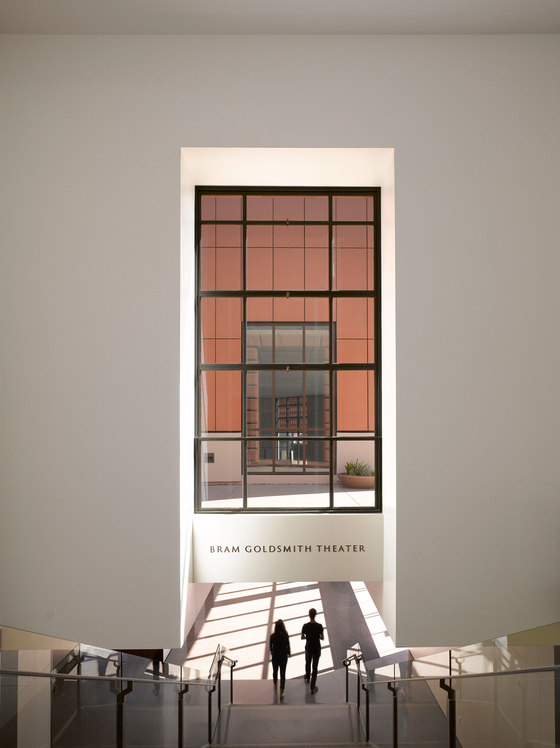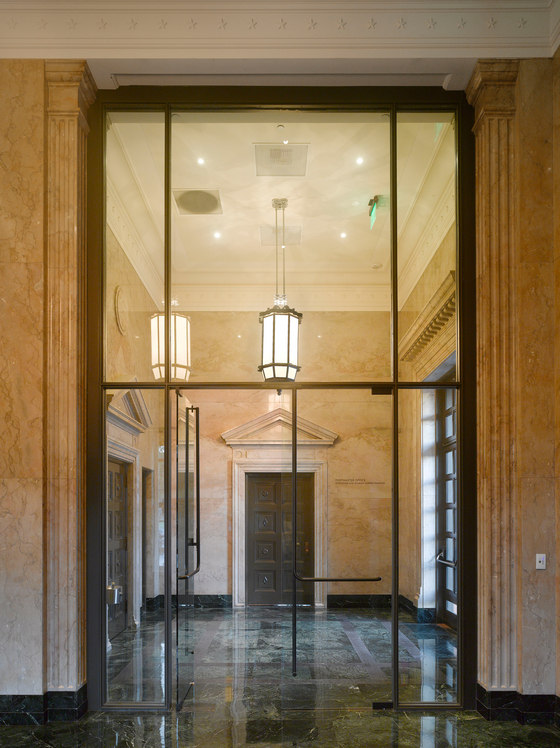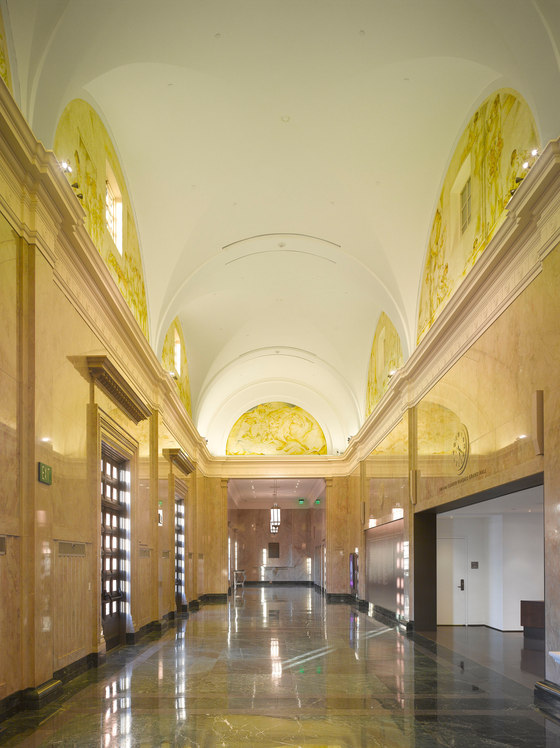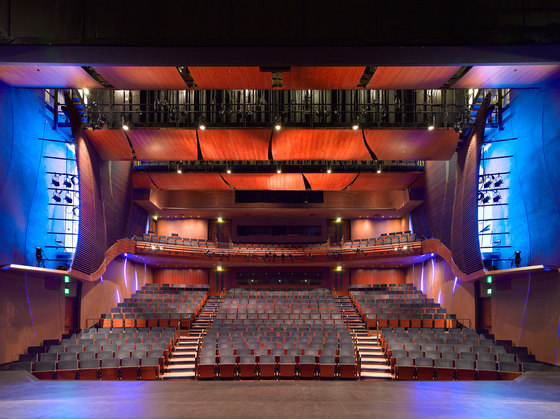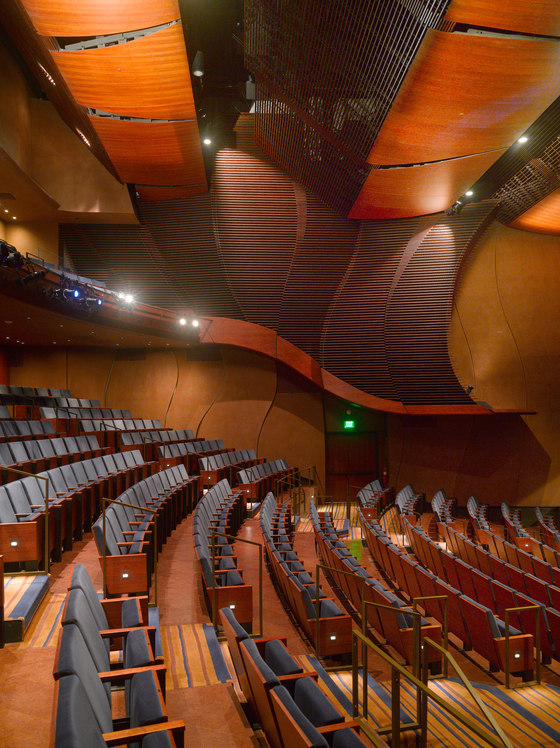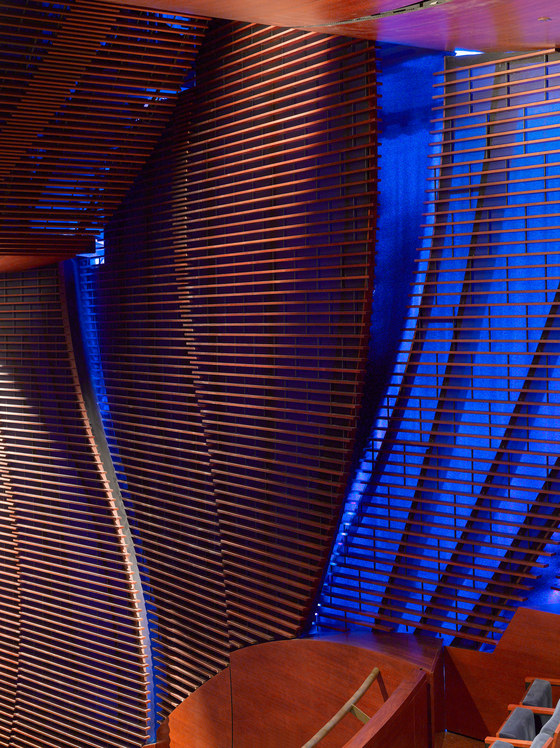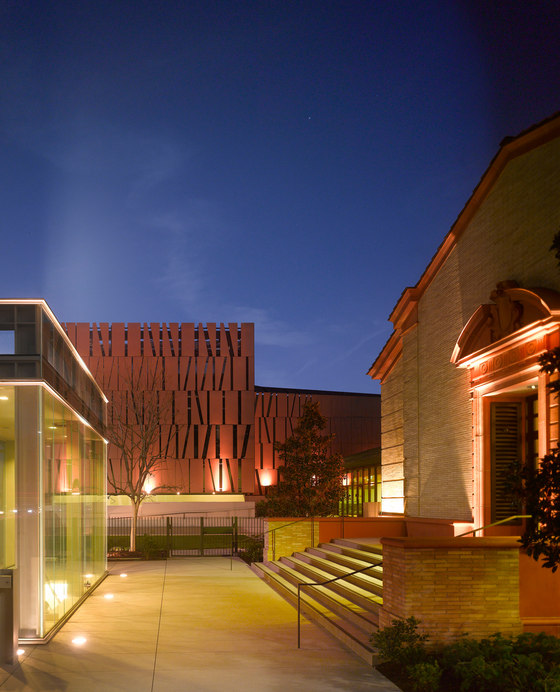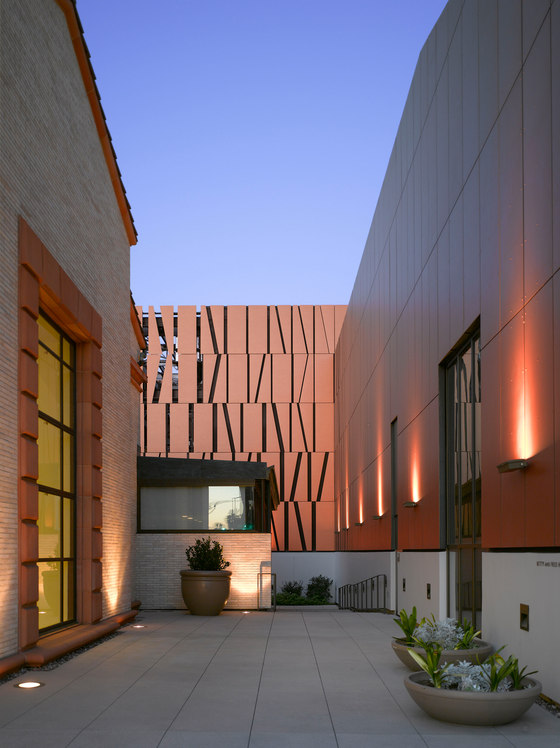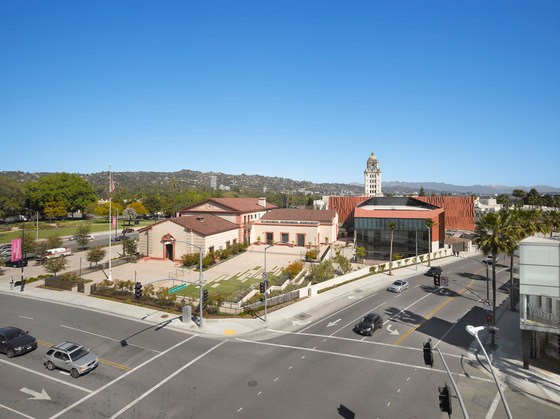A revitalization of the long-dormant Beverly Hills post office site brings nightlife and daytime green space to the heart of the Beverly Hills business triangle. The project is a state-of-the-art performing arts center, built on the historic site, consisting of a new, 500-seat theater building, connected via promenade and outdoor sculpture garden to the 1934 post office building. The historic, WPA building is repurposed to house a 120-seat studio theater, a café, gift shop, box offices, administration facilities and a 3-classroom theater school for children. A lush garden and courtyard connect the historic with the new building with direct visual connection to the shops and restaurants of downtown Beverly Hills.
The Sculpture Garden and Promenade Terrace will be open to the public on most days, adding much-needed green space in an urban jungle. A public walkway will allow visitors to walk from City Hall through the site towards the shopping areas.
At one point, prior to [SPF:a]’s involvement in the project, conventional wisdom was to place the new performing arts venue within the walls of the historic post office building, and to create a small annex on the site to house the educational components of the program. Instead, [SPF:a] did the reverse, taking the smaller programmatic elements such as the rehearsal hall, classrooms, and administrative offices and locating them into the three level historic building, where they fit nicely and snuggly. The plan preserves and celebrates the historic architecture, as well as affords the Center the opportunity to create a new, state-of-the-art, flexible performing arts facility with ample back-of-house amenities.
Celebrating the history of the site, the skin of the new Goldsmith Theater is an abstraction of the millions of letters and envelopes that once defined this historic site – formed in copper-colored concrete panels. A 4 foot by 9 foot envelope-shaped panel is repeated across the façade. The result is a beautiful abstract textural pattern, engraved into a copper skin. Each envelope is slightly different: some flat, some closed, some open, some turned front side out, and some turned to their backs. The direction not only creates symbolism in its architecture, but an abstract composition and a piece of art.
The skin folds in response to the street and existing building on the site. The skin also conceals the mechanical equipment of the building. As it wraps around the building it modulates its construction to create a cohesive figure out of the building masses that otherwise would be perceived as separate elements.
What was once a hub of private personal communication becomes a center for art and education. In doing so, the Center embodies the invisible monumentality of the process of mail distribution, creating a resonance with its new function as a center for the processing and distribution of culture.
SPF:architects
